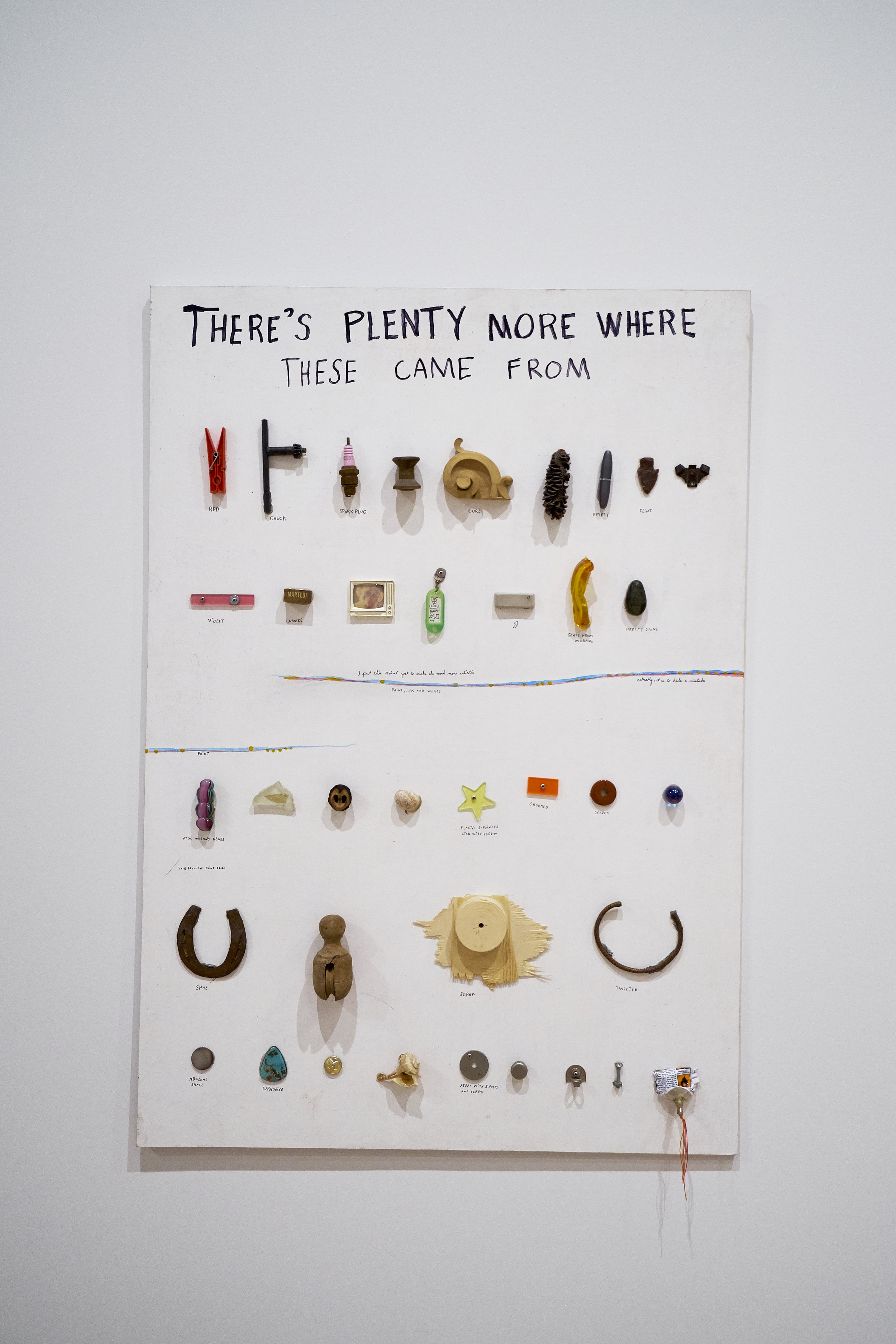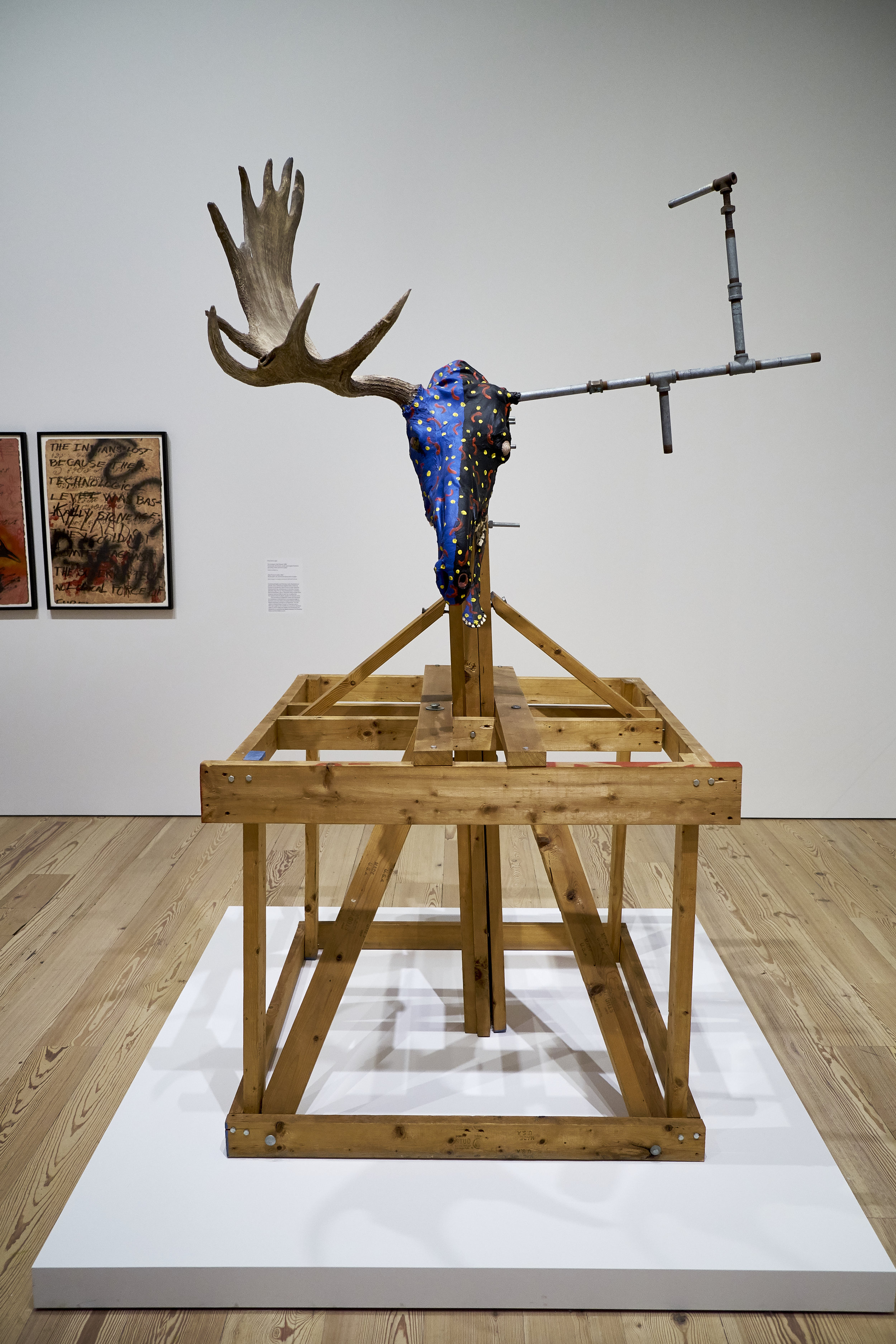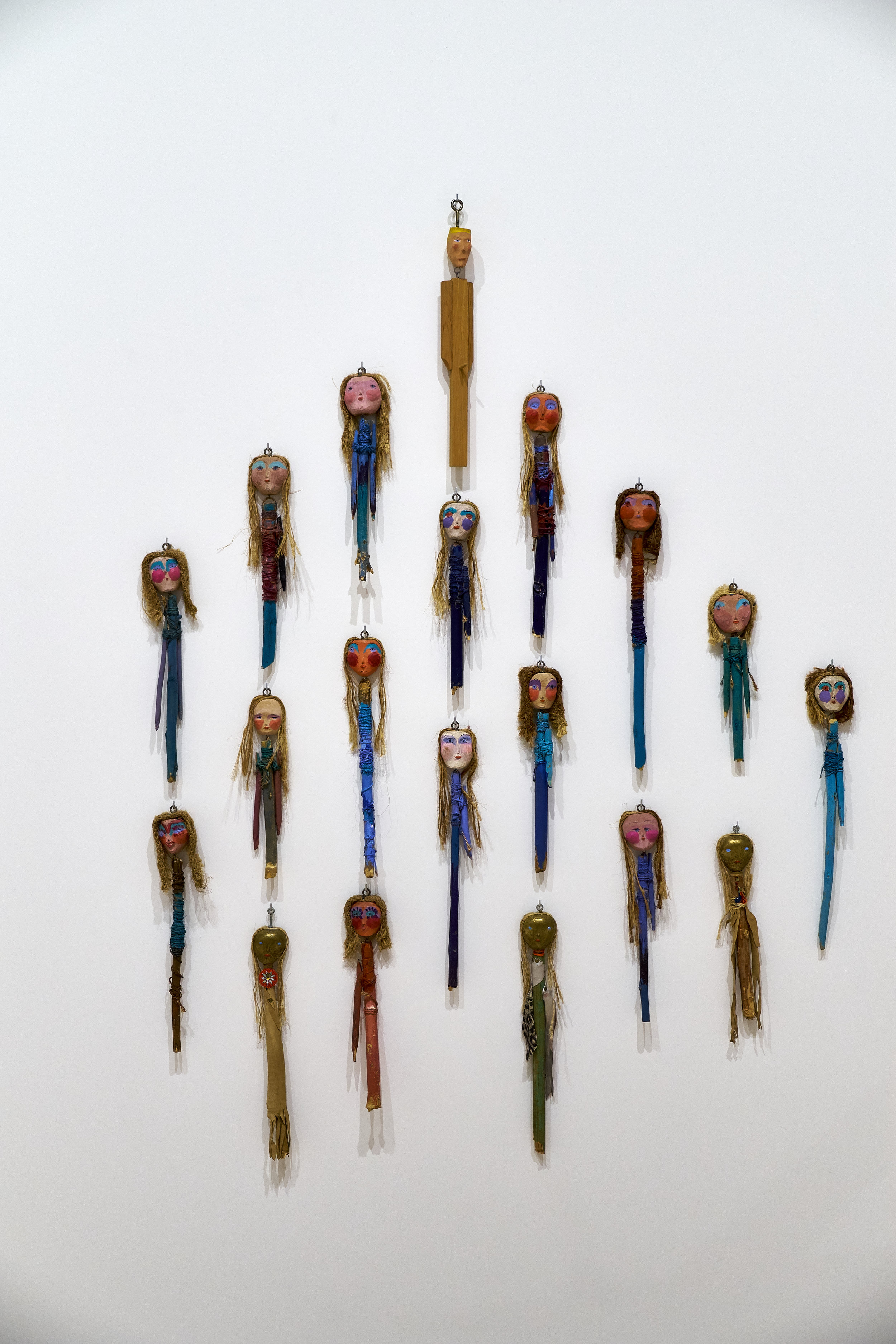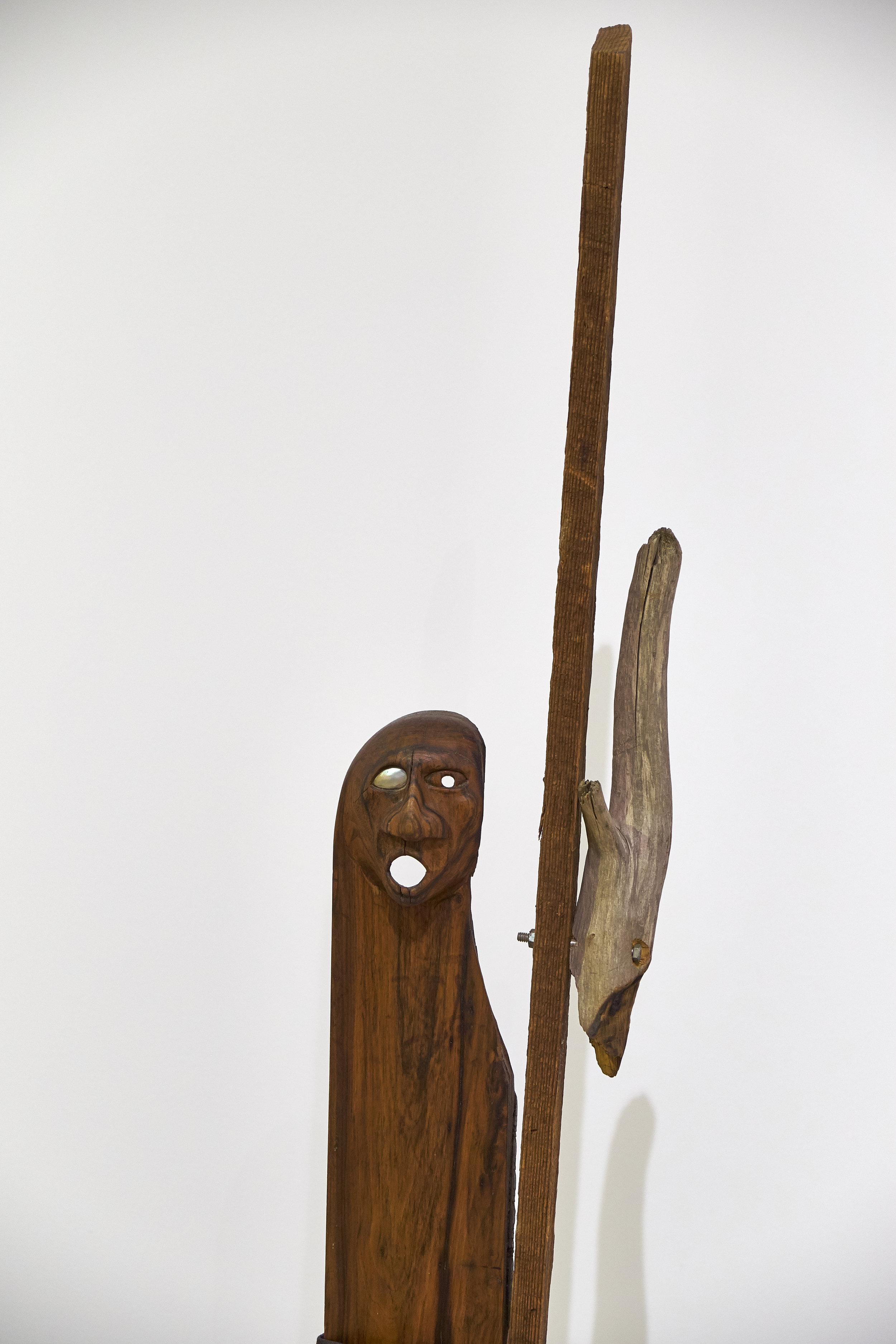My family and I took a quick break in New York City in the first week of 2018 and arrived just in time for a major snowstorm, after driving through hours of snow squalls on our way from Ottawa. (And we didn’t know it then, but we would also drive the eight hours home through yet more snow squalls.)
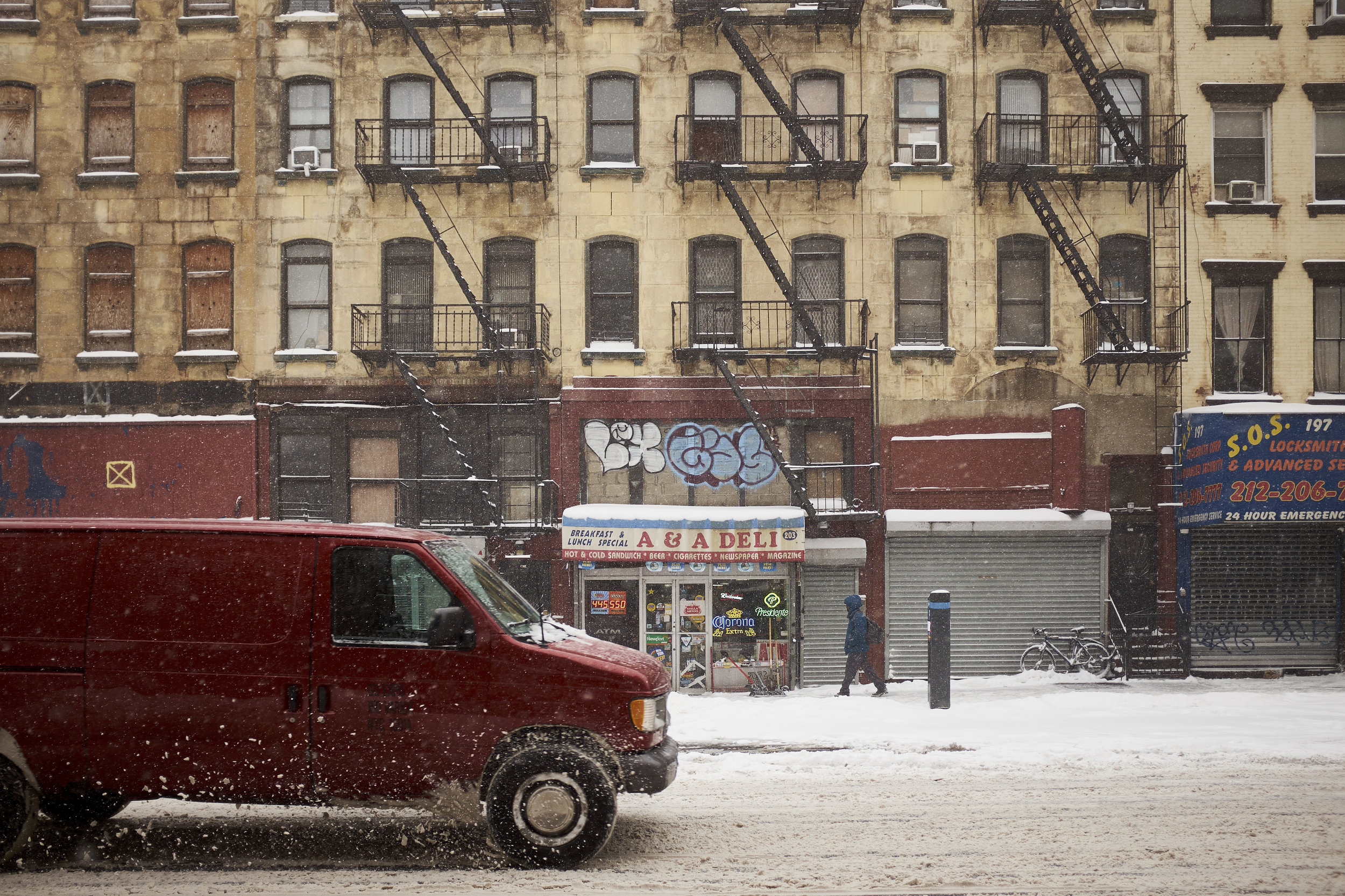
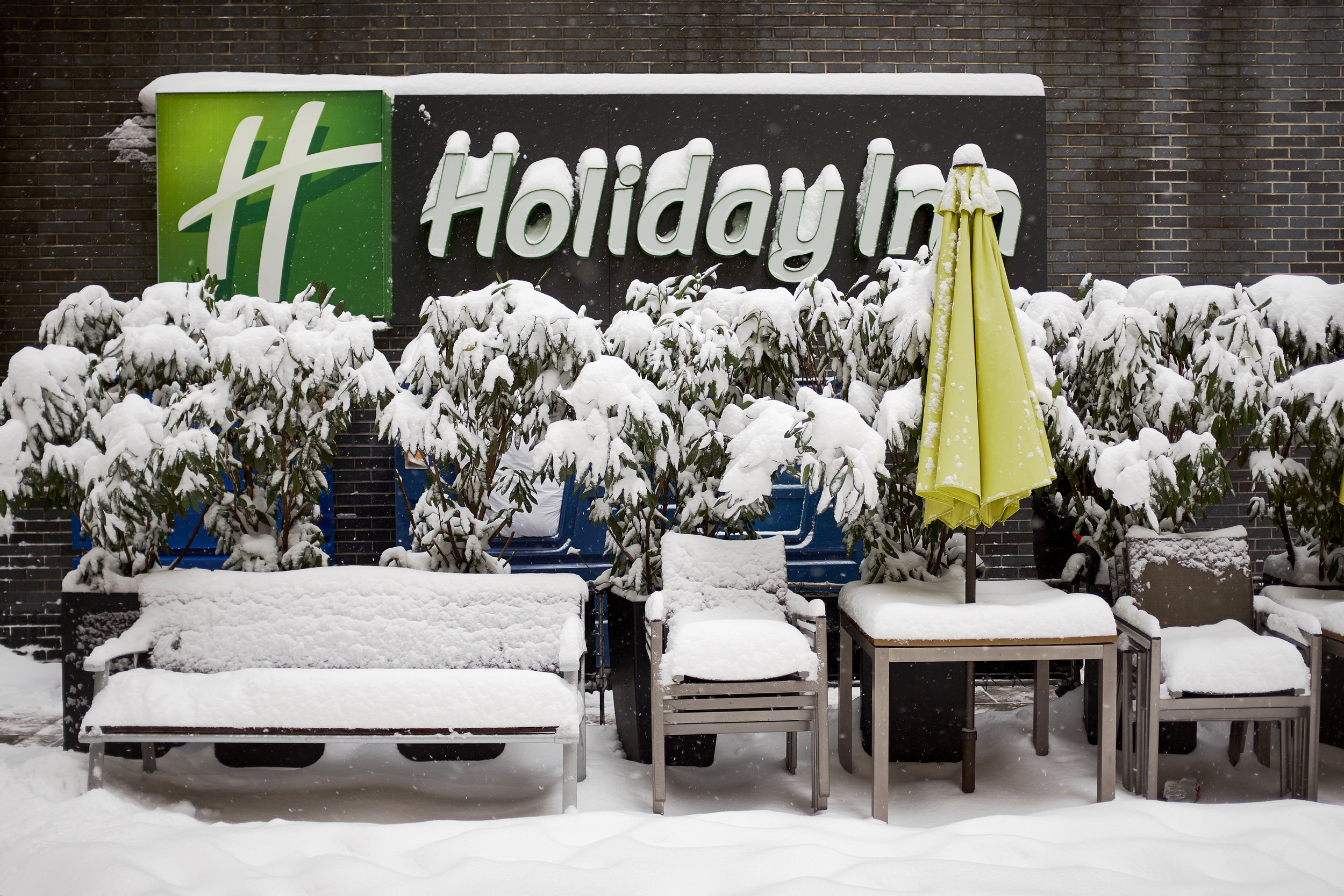
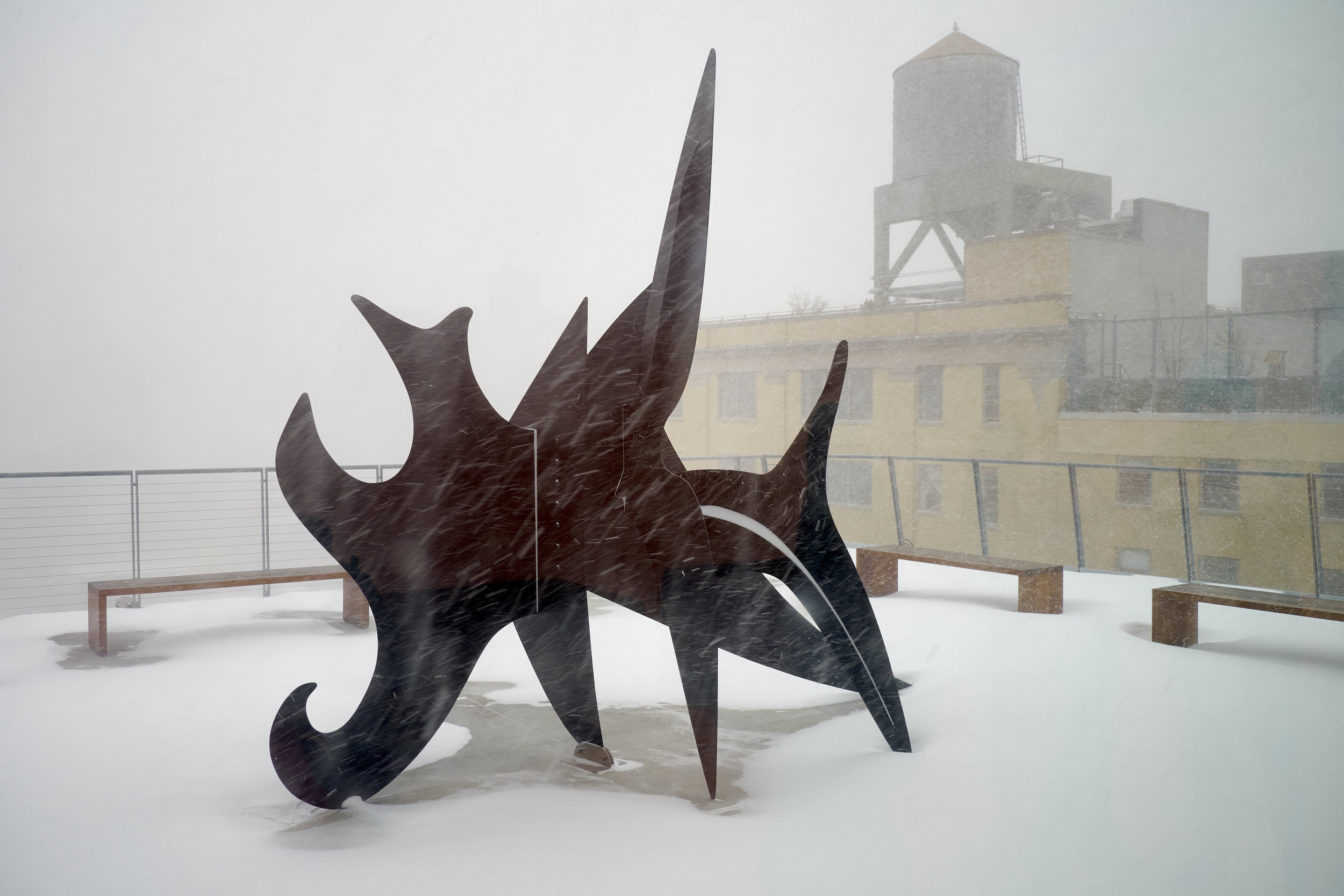

We had never visited the Whitney Museum of American Art so it provided an ideal activity for a day when the weather was miserable. The collection is housed over several floors in a new building with plenty of space for taking in the work, especially for larger-scale pieces in the ‘mid-career’ survey of work by Laura Owens (born Ohio, 1970). Owens’ work can appear deceptively simple but I found it helpful to view all of her exhibit before making too many judgements. Her paintings and installations do indeed contain simple elements, but they are often layered with text and texture, digitally-manipulated photographs and even other paintings to create more complex and sometimes humorous work.
I left this exhibit with a sense of quiet enjoyment of light, and life and colour.
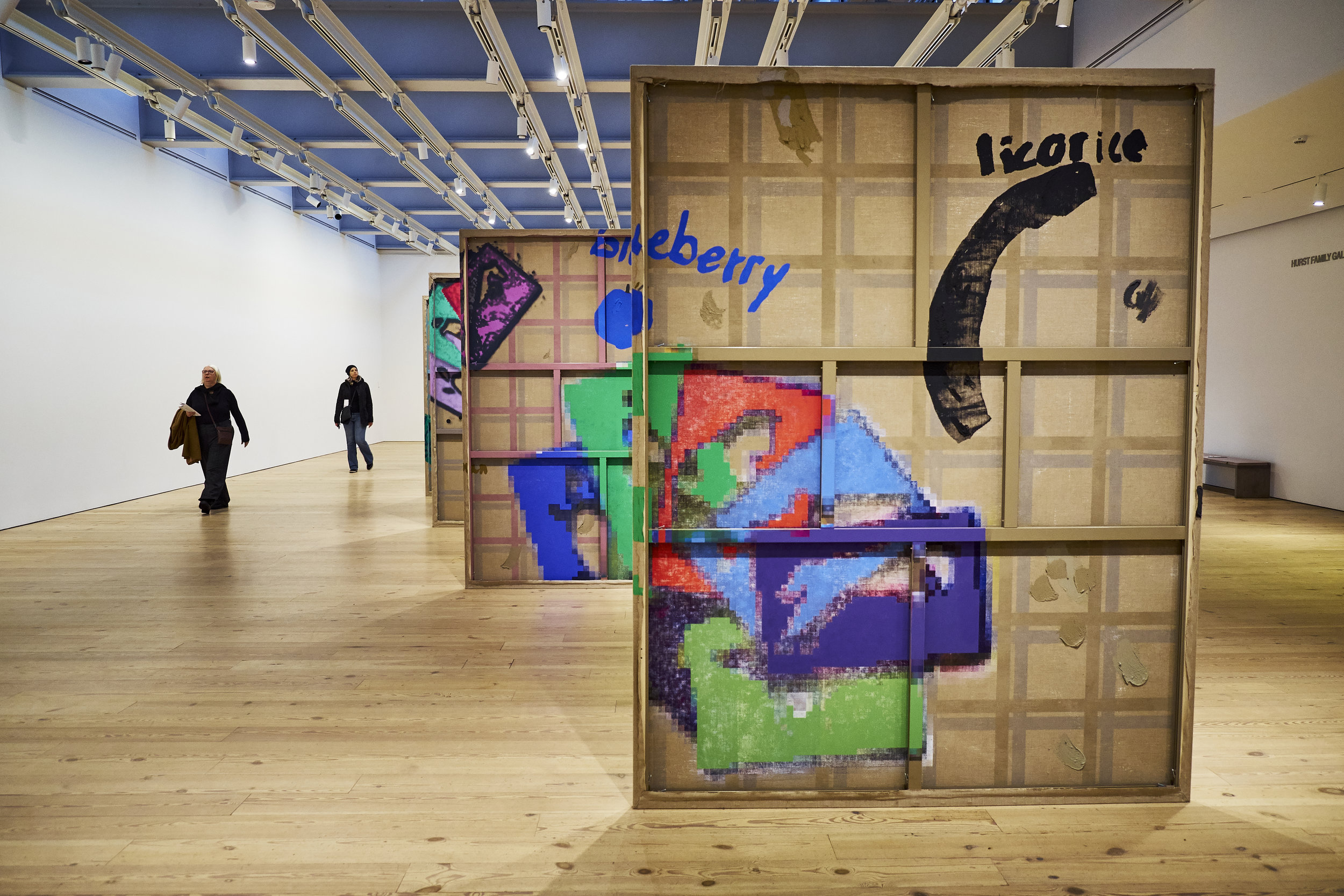
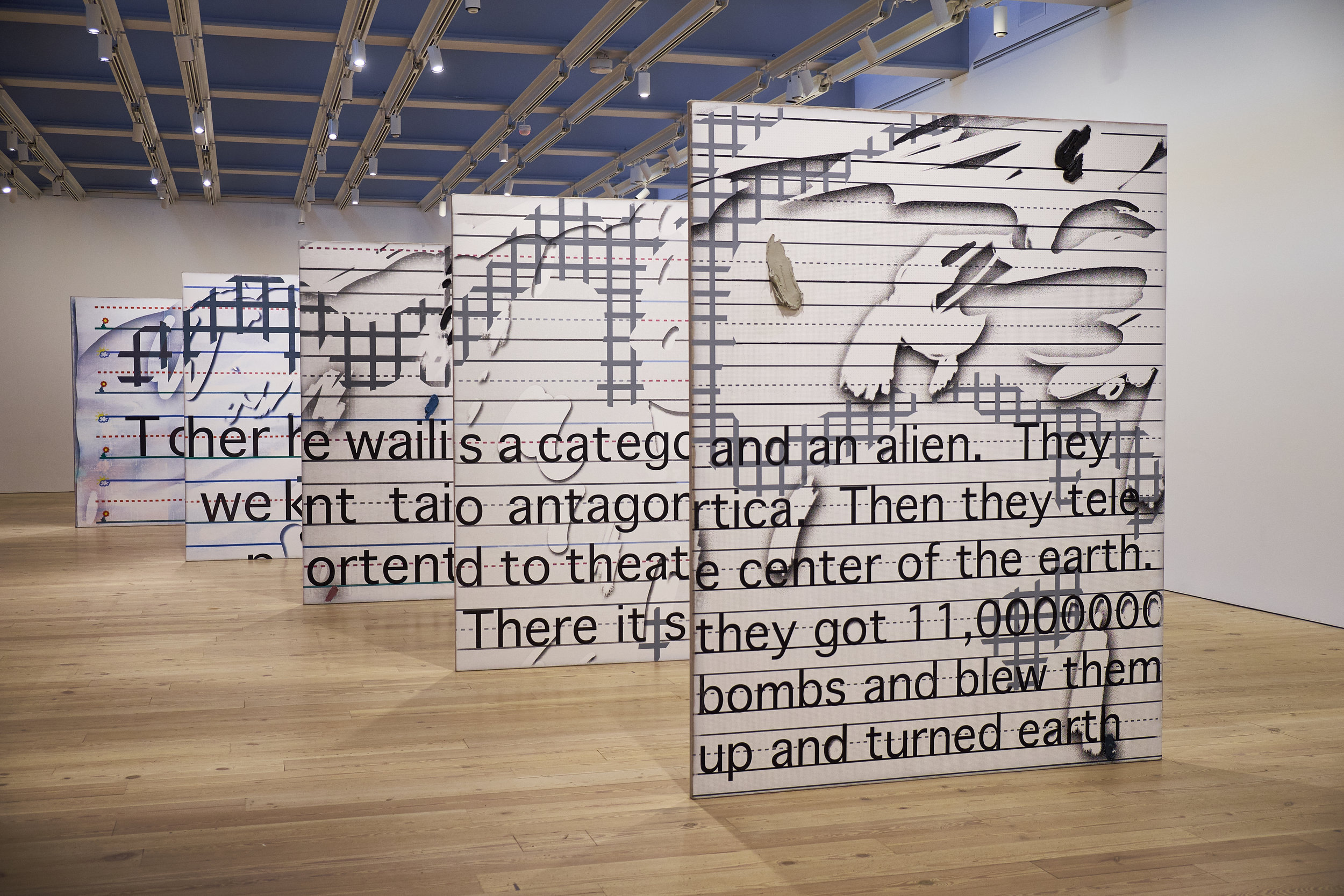
If Owens’ work showed flashes of humour, “Jimmie Durham: At the Center of the World” contained a strong mix of humour, satire and the absurd. Durham (born USA, 1940) worked as a political organizer for the American Indian Movement in the 1970s and his commitments are present throughout his work. He consistently draws attention to the impacts of the colonisation of the USA but probably manages to do it without alienating the people who most need to hear his message. To my mind, Durham use of humour and satire to communicate serious messages make him a trickster of sorts (although some contend that his claims to be Cherokee are false and that he is taking the trickster role too far). Cherokee or not, he draws on found objects to create works that draw on traditions of North American Indigenous art but clearly show their postmodernist and technological origins.
